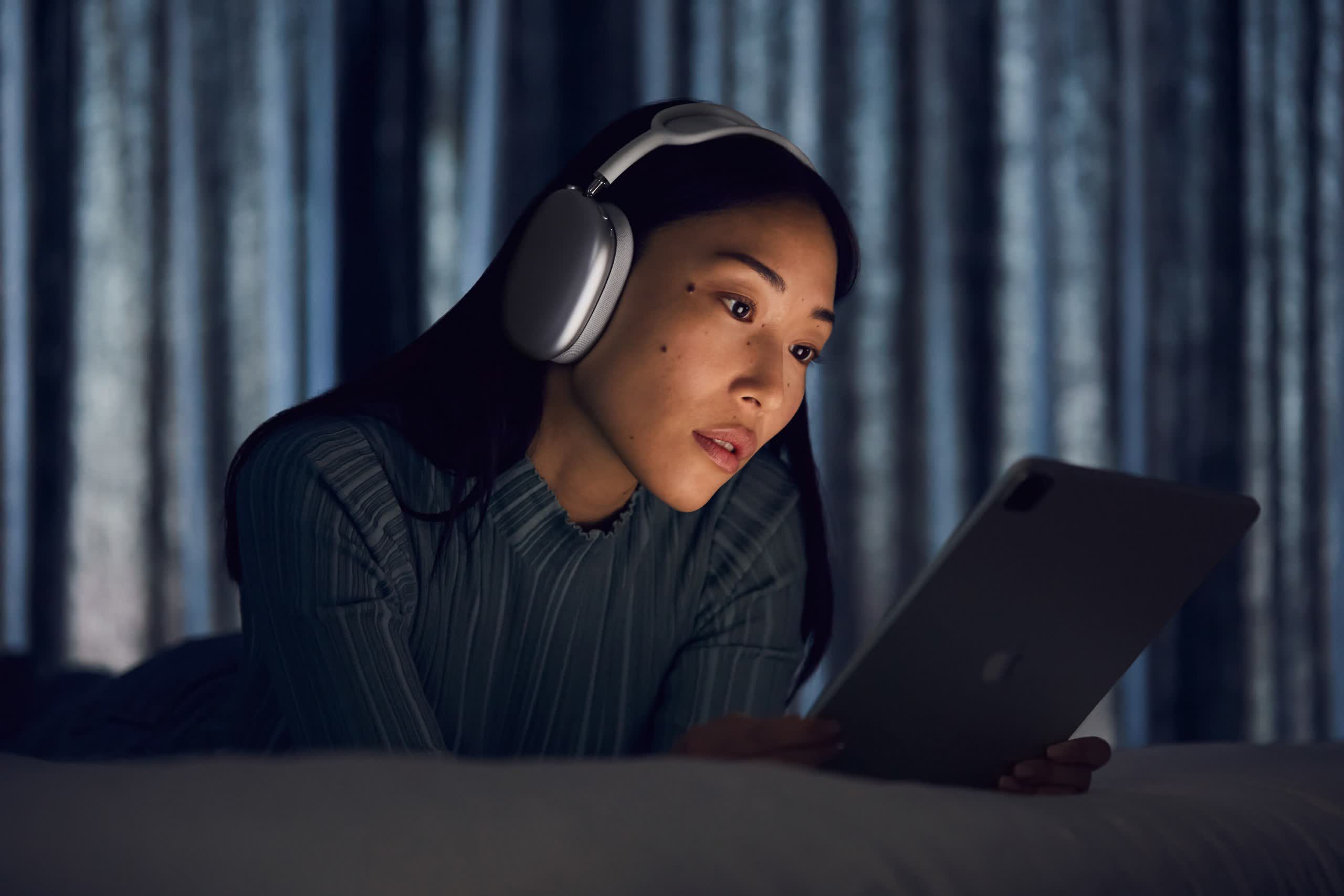In a nutshell: Apple's new AirPods Max headset is an always-on device. There is no power button, and when placed into its "Smart Case," it still does not shut down but instead enters a low-power mode to conserve battery life. Apple now explains that this state is also triggered when the headphones are left alone for five minutes.

Last week Apple launched AirPods Max—a set of over-ear wireless headphones with the same key features as AirPods Pro. Users had mixed feelings about the new headset. The quality and appearance are superb, and the functionality is familiar, but users have been perplexed about how to turn them off.
The headset doesn't have a power button. Instead, slipping it into the "Smart Case" deactivates it. For days users have been trying to find a workaround to shut the cans down without putting them into the "bra case," as some have come to call it. As it turns out, magnets are the key. However, it appears that even putting them into the case is not actually turning them off.
In response to the concern over battery life, Apple quietly updated the AirPods Max support document on its website. It explains that the headset enters a low-power mode when placed in the bra. Additionally, it is unnecessary to put the headset in the case or use refrigerator magnets to activate this low-power mode.
"If you set your AirPods Max down and leave them stationary for 5 minutes, they go into a low power mode to preserve battery charge," the support document says. "After 72 stationary hours out of the Smart Case, your AirPods Max go into a lower power mode that turns off Bluetooth and Find My to preserve battery charge further."

Likewise, putting the phones into the Smart Case activates these two modes, albeit more quickly. The low-power mode is triggered immediately, and ultralow kicks in after 18 hours rather than 72.
So, for users wishing to step away for a while, it's good to know that triggering low-power mode only takes five minutes longer than putting the AirPods Max into its case. Those wanting to put them away for more than a couple of days would probably be better off putting them back into the Smart Case to kick that ultralow-power state on sooner.
Ultimately, the AirPods Max is an always-on device. However, since much of the headset's functionality is derived from software, Apple could theoretically add a switch to control the battery modes from the user's phone in future software updates. Whether it will or not is another matter entirely.
https://www.techspot.com/news/88026-apple-explains-how-airpods-max-conserve-power-when.html